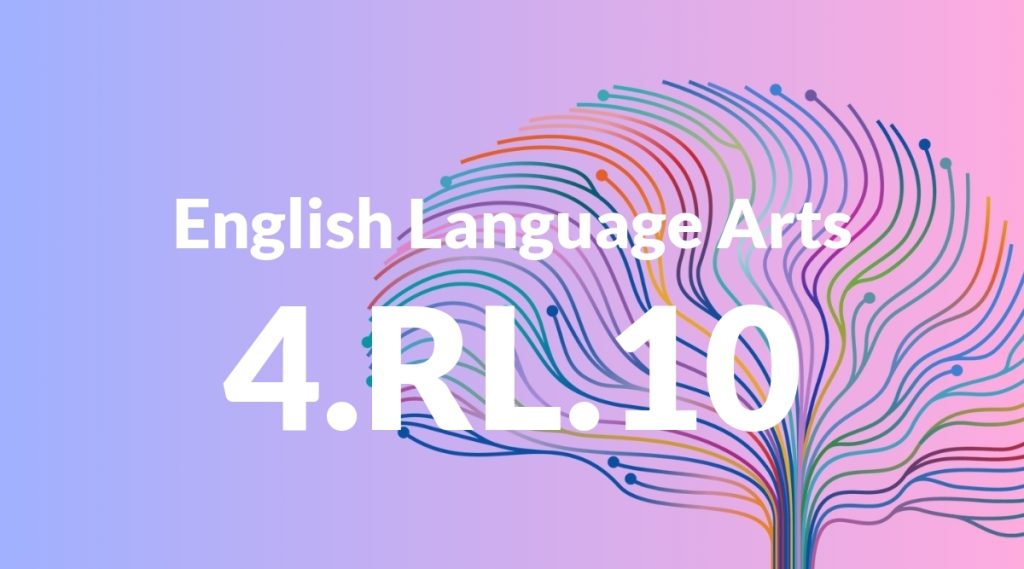Standard: 4.RL.10 – By the end of the year, read and comprehend literature, including stories, dramas, and poetry, in the grades 4–5 text complexity band proficiently, with scaffolding as needed at the high end of the range.
Grade level: Grade 4
Subject: English Language Arts
Domain: Reading: Literature
Teacher Overview
This standard emphasizes the importance of reading and understanding a range of literature, including stories, dramas, and poetry, at a proficiency level appropriate for grades 4–5. It aims to develop students’ ability to comprehend complex texts and enjoy a variety of literary forms. Students should have basic reading comprehension skills, including the ability to identify main ideas and details, understand character actions and motivations, and make simple inferences from texts.
After mastering this standard, students will be able to analyze more complex texts, compare and contrast themes across different genres, and engage in deeper literary discussions and critiques.
Common Misconception 1
Some students may think they need to understand every single word to comprehend the text. This misconception can hinder their reading fluency and enjoyment of literature.
Intervention 1
Teach students strategies for using context clues and understanding the gist of the text without knowing every word. Encourage them to focus on overall comprehension rather than getting stuck on individual words.
Common Misconception 2
Students might believe that poetry is too difficult to understand, which can prevent them from engaging with this important literary form.
Intervention 2
Introduce poetry with simple, relatable poems and gradually increase complexity. Discuss themes, emotions, and the use of figurative language to help students appreciate and understand poetry.
Prerequisite Knowledge
Students should have basic reading comprehension skills, including the ability to identify main ideas and details, understand character actions and motivations, and make simple inferences from texts.
Subsequent Knowledge
After mastering this standard, students will be able to analyze more complex texts, compare and contrast themes across different genres, and engage in deeper literary discussions and critiques.
Instructional Activities
- Reading and discussing a variety of books
- Analyzing characters and plot in stories
- Comparing themes in different poems
- Performing scenes from dramas
- Writing book reports




